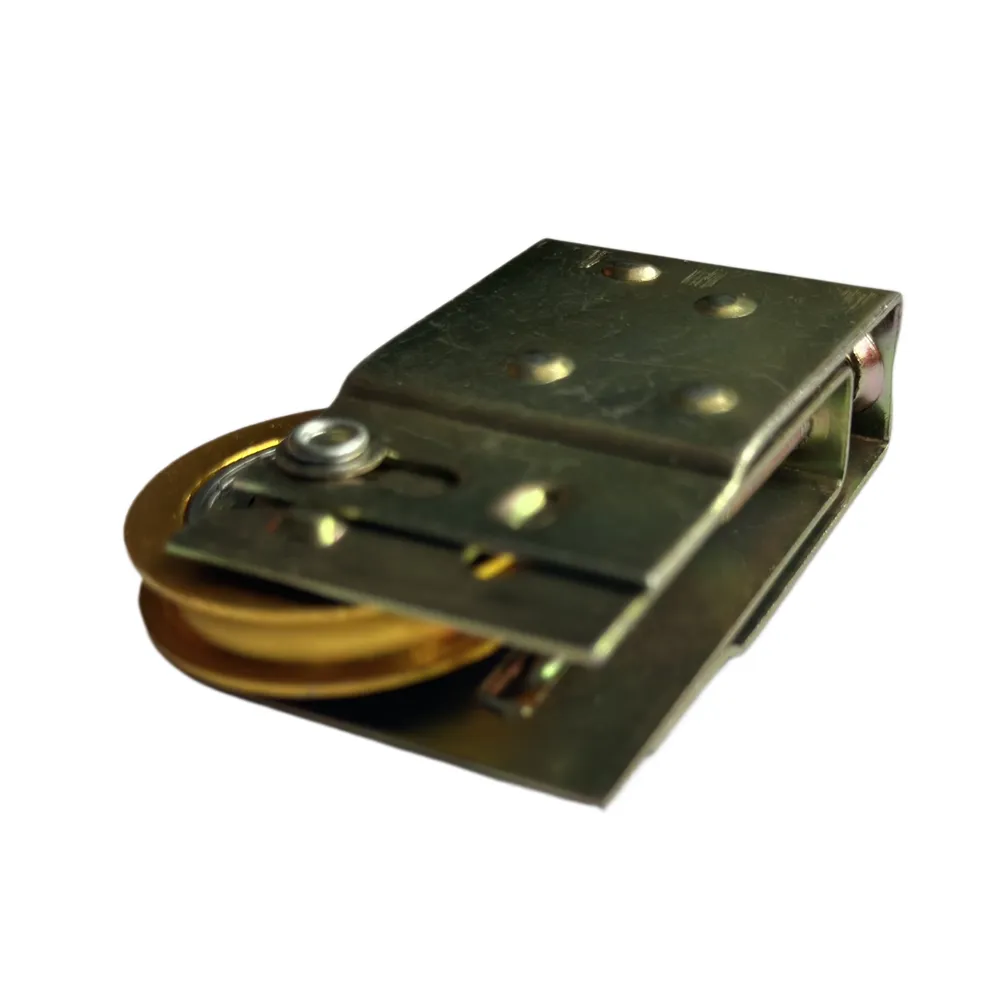Creative Ideas for Beautiful Decorative Ironwork in Home and Garden Design
The Elegance of Decorative Ironwork A Timeless Art
Ironwork has been a significant part of architectural design for centuries, embodying both functional and aesthetic qualities. Among its various forms, decorative ironwork stands out as a remarkable craft that combines artistry with metallurgy. This intricately crafted ironwork has the ability to enhance the visual appeal of structures while providing safety and durability. In this article, we explore the history, techniques, and applications of decorative ironwork, celebrating its enduring charm and versatility.
A Brief Historical Overview
The origins of decorative ironwork can be traced back to ancient civilizations. The Romans, in particular, were known for their innovative use of iron in architecture and design. As time progressed, blacksmithing evolved, and during the Middle Ages, the skill of crafting decorative ironwork became a mark of prestige. Intricate gates, railings, and window grilles adorned castles and cathedrals, showcasing the talents of skilled artisans.
The Renaissance period brought about a renewed interest in art and craftsmanship, leading to the creation of more elaborate designs. This era saw the rise of decorative ironwork, which played a prominent role in European architecture. Its popularity spread across continents, influencing styles in the Americas and beyond. Today, the legacy of this art form continues, reflecting historical significance and cultural identity.
Techniques of Craftsmanship
The creation of decorative ironwork employs several techniques that highlight the skill and creativity of the artisan
. Traditionally, forging is the primary method used, where heated iron is shaped with hammers and tools. This process allows for intricate designs, from swirling patterns to geometric shapes, giving each piece a unique character.Another notable technique is casting, where molten iron is poured into a mold to create detailed designs. This method enables the reproduction of complex shapes and patterns, making it ideal for mass production while retaining artistic value. Additionally, welding techniques have advanced, allowing for seamless joins and more intricate constructions.
Moreover, artisans can embellish ironwork with finishes such as galvanizing, powder coating, or painting to enhance durability and aesthetics. This versatility not only protects the metal from environmental elements but also allows for personalization, catering to various styles and preferences.
decorative ironwork

Applications of Decorative Ironwork
Today, decorative ironwork can be found in a myriad of applications, both indoors and outdoors. Architectural elements such as gates, railings, and fences serve to secure properties while adding a touch of elegance. These structures can be customized to match the architectural style of a home, whether it be modern, classic, or rustic.
In interior design, wrought iron accents—such as chandeliers, furniture bases, and decorative screens—bring an element of sophistication to living spaces. The combination of iron with other materials like glass and wood creates visually stunning focal points that enhance overall decor.
Public spaces also benefit from decorative ironwork. Parks, plazas, and buildings often feature artistic installations, benches, and railings that contribute to the aesthetic experience of the environment. These designs not only serve functional purposes but also engage the community and reflect cultural values.
The Future of Decorative Ironwork
As we move further into the 21st century, decorative ironwork continues to evolve. Modern technology, such as computer-aided design (CAD) and laser cutting, allows for even more intricate designs and precision. This technological advancement does not overshadow traditional methods but complements them, leading to innovative creations that honor the craftsmanship of the past.
Sustainability has also become a focal point in contemporary ironwork practices. Artisans are now more conscious of their materials, often sourcing recycled metals and employing eco-friendly finishes. This mindful approach not only preserves traditional techniques but also resonates with a growing demand for sustainable design.
In conclusion, decorative ironwork is a captivating blend of art and functionality that has stood the test of time. Its rich history, diverse techniques, and wide-ranging applications make it a beloved choice in both architectural and interior design. As we embrace technology and sustainability, the future of decorative ironwork promises to be as bright and intricate as its storied past. Whether gracing the entryway of a grand estate or enhancing the character of a cozy home, decorative ironwork remains a testament to the beauty of craftsmanship in our built environment.
-
Wrought Iron Components: Timeless Elegance and Structural StrengthNewsJul.28,2025
-
Window Hardware Essentials: Rollers, Handles, and Locking SolutionsNewsJul.28,2025
-
Small Agricultural Processing Machines: Corn Threshers, Cassava Chippers, Grain Peelers & Chaff CuttersNewsJul.28,2025
-
Sliding Rollers: Smooth, Silent, and Built to LastNewsJul.28,2025
-
Cast Iron Stoves: Timeless Heating with Modern EfficiencyNewsJul.28,2025
-
Cast Iron Pipe and Fitting: Durable, Fire-Resistant Solutions for Plumbing and DrainageNewsJul.28,2025
-
 Wrought Iron Components: Timeless Elegance and Structural StrengthJul-28-2025Wrought Iron Components: Timeless Elegance and Structural Strength
Wrought Iron Components: Timeless Elegance and Structural StrengthJul-28-2025Wrought Iron Components: Timeless Elegance and Structural Strength -
 Window Hardware Essentials: Rollers, Handles, and Locking SolutionsJul-28-2025Window Hardware Essentials: Rollers, Handles, and Locking Solutions
Window Hardware Essentials: Rollers, Handles, and Locking SolutionsJul-28-2025Window Hardware Essentials: Rollers, Handles, and Locking Solutions -
 Small Agricultural Processing Machines: Corn Threshers, Cassava Chippers, Grain Peelers & Chaff CuttersJul-28-2025Small Agricultural Processing Machines: Corn Threshers, Cassava Chippers, Grain Peelers & Chaff Cutters
Small Agricultural Processing Machines: Corn Threshers, Cassava Chippers, Grain Peelers & Chaff CuttersJul-28-2025Small Agricultural Processing Machines: Corn Threshers, Cassava Chippers, Grain Peelers & Chaff Cutters












